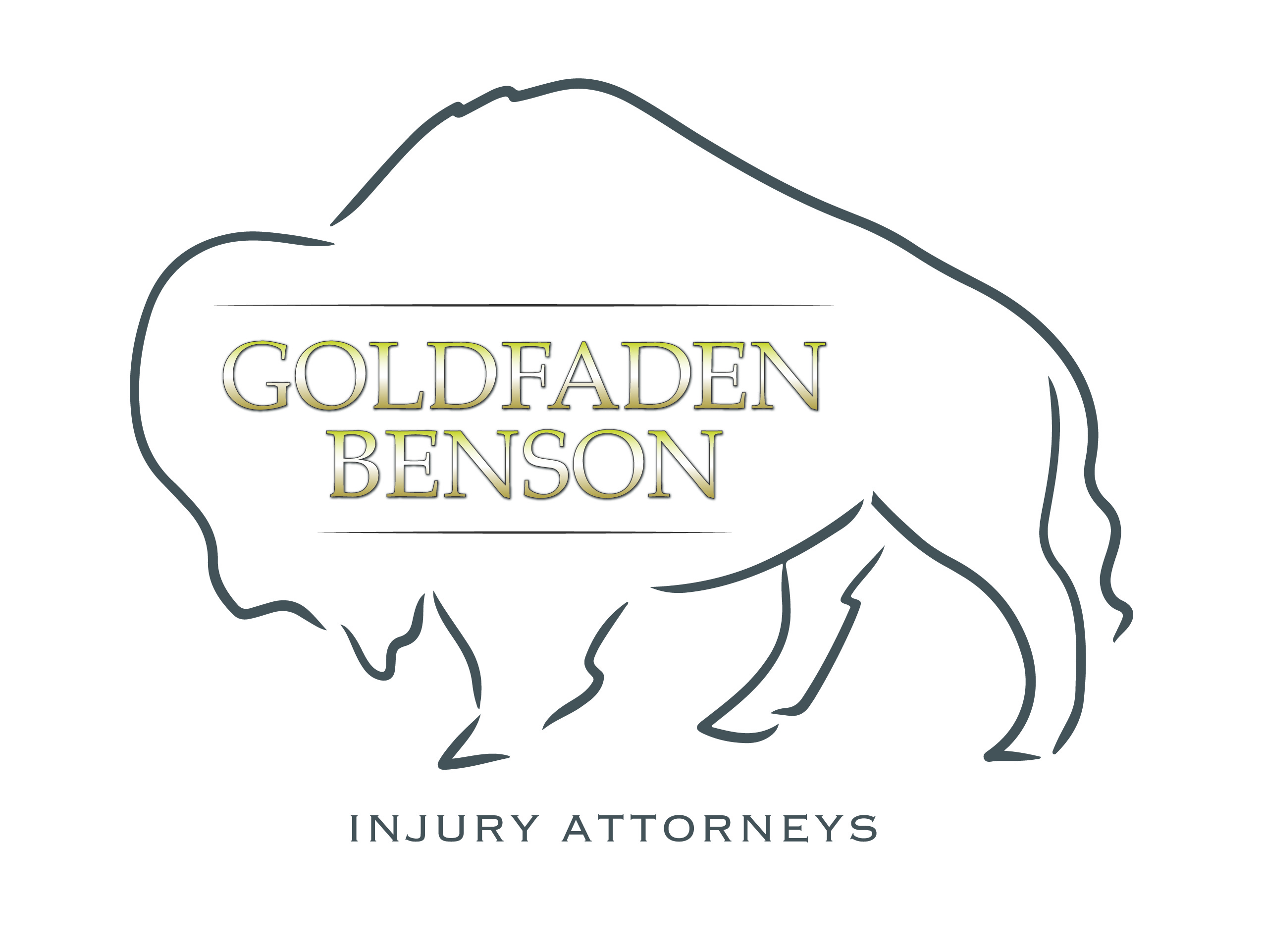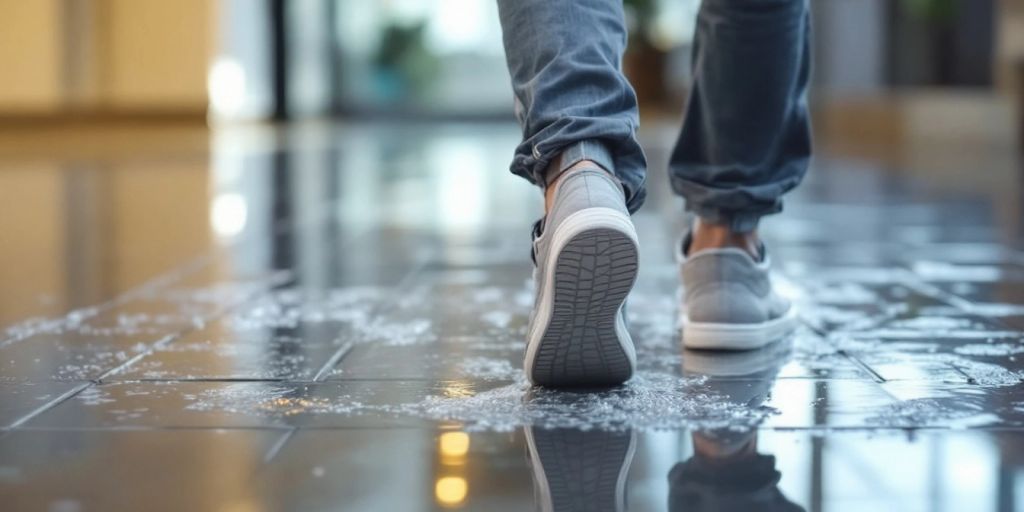As November marks Fall Prevention Month, the Winnipeg Fire Paramedic Service (WFPS) emphasizes the importance of preventing slips and falls. With over 12,000 calls each year related to falls, it’s crucial to adopt safety measures to protect yourself and others from potential injuries.
Key Takeaways
- Stay hydrated to prevent dizziness.
- Regular exercise improves strength and balance.
- Remove trip hazards in your home.
- Wear proper footwear to enhance stability.
- Ensure adequate lighting in all areas.
Understanding the Risks of Falls
Falls are one of the leading causes of injury, particularly among older adults. Factors contributing to falls include:
- Dehydration: Can lead to dizziness and fainting.
- Poor balance and coordination: Often due to lack of exercise.
- Environmental hazards: Such as cluttered walkways or slippery surfaces.
- Inappropriate footwear: High heels or slippery shoes increase the risk.
Tips for Preventing Slips and Falls
To minimize the risk of falls, consider the following strategies:
- Exercise Regularly: Engage in activities that enhance strength, balance, and coordination. Consider group classes for motivation.
- Stay Hydrated: Aim for at least five glasses of water daily and limit alcohol consumption to maintain balance and coordination.
- Healthy Eating: A balanced diet supports overall health and can prevent conditions that increase fall risk.
- Regular Check-Ups: Consult with healthcare professionals to assess your fall risk and review medications that may affect balance.
- Eliminate Trip Hazards: Regularly inspect your home for items that could cause trips, such as loose rugs, clutter, or uneven flooring.
- Bathroom Safety: Use non-slip mats and install grab bars to prevent falls in slippery areas.
- Proper Footwear: Invest in shoes with non-slip soles. Avoid high heels and slippers that can lead to falls.
- Adequate Lighting: Ensure all areas, especially stairways, are well-lit. Use night lights to illuminate paths during the night.
- Stair Safety: Install handrails on both sides of stairways and ensure they are well-lit. Consider adding non-slip treads to steps.
Choosing the Right Footwear
Wearing the right shoes is crucial for preventing slips and falls. Here are some recommended types of non-slip footwear:
| Type of Shoe | Features | Ideal For |
|---|---|---|
| Work Boots | Waterproof, slip-resistant soles | Construction, outdoor work |
| Sneakers | Lightweight, cushioned, slip-resistant | Everyday wear, casual outings |
| Clogs | Easy to clean, supportive, slip-resistant | Healthcare, food service |
| Chelsea Boots | Stylish, waterproof, good grip | Casual wear, outdoor activities |
| High-Tops | Ankle support, slip-resistant | Active lifestyles |
Conclusion
Preventing slips and falls is essential for maintaining safety, especially during the winter months when surfaces can become icy and hazardous. By following these tips and being proactive about your environment and footwear choices, you can significantly reduce your risk of falling and ensure a safer experience for yourself and those around you.







